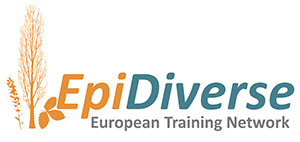Professor of Research, Spanish Consejo Superior de Investigaciones Científicas (CSIC). Current research interests include ecological epigenetics, evolutionary ecology of subindividual variation in plants, and community-level organization of plant-pollinator interactions.
Abstract
Epigenetics and subindividual variation in plants
Recent research on ecological epigenetics of non-model plants has often focused on the relationships between epigenetic and phenotypic variation across populations or individuals of the same species. In plant populations, however, subindividual variance in phenotypic traits of reiterated, homologous organs that perform the same function (leaves, flowers, fruits, seeds) is often very high, sometimes contributing more to total population variance than variation among individuals. This subindividual component of phenotypic variance can arise from multiple proximate causes and ultimately influence the fitness of individuals via its ecological consequences. Epigenetic mosaicism, whereby different parts of the same genetic individual differ in the extent or pattern of DNA cytosine methylation, has recently emerged as one hitherto unrecognized mechanism potentially contributing to subindividual phenotypic variance in perennial plants. Observational studies reveal considerable variance in DNA methylation among modules of the same individual, exceeding the variance between individuals. Within-plant relationships exist across modules between DNA methylation and phenotypic traits at the module level (e.g., seed production, seed size), and experimental augmentation of within-plant heterogeneity in DNA methylation can increase phenotypic variance. Modular construction by continual organogenesis and reiterated production of homologous structures is a quintessential plant feature which motivates the consideration of plant individuals as non-unitary metapopulations of semi-autonomous parts. The emerging relationships between phenotypic and epigenetic variation within individual plants, along with recent findings showing that extant subindividual epigenetic mosaics result from steady epigenetic diversification over the lifetimes of genetic individuals, provide grounds for proposing an ‘epigenetic mosaicism hypothesis’ with many ecological and evolutionary implications.





